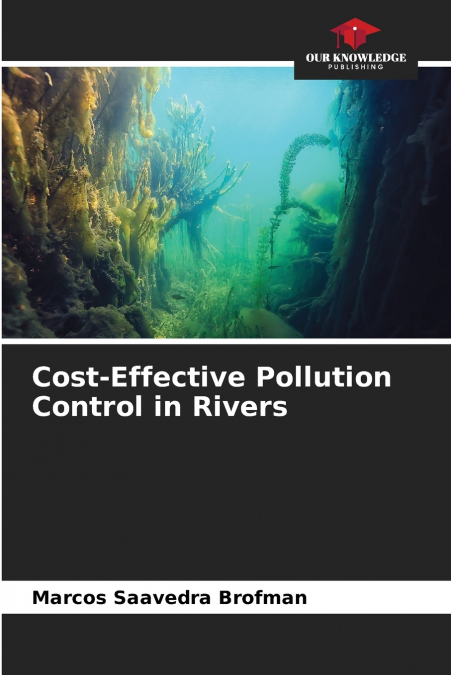
Marcos Saavedra Brofman
This paper compares the total costs of BOD5 control in a section of the Bío Bío river basin, in the VIII Region of Chile, between standard control policies and a market system: Standard Control with a market system. According to countless theoretical demonstrations and simulations developed over the last decades, the market system is cost-effective. However, when compliance with pre-set targets is required and verified, forcing the market system to reduce the number of permits to meet the environmental target, the market system loses its efficiency. This application shows that at certain levels of environmental demand, a system of transferable discharge permits is no longer cost-effective due, among other reasons, to: the restrictions imposed by the water systems themselves, the location of the most polluting sources with the highest marginal abatement costs in the area studied, and the assimilation capacity of the receiving water bodies.